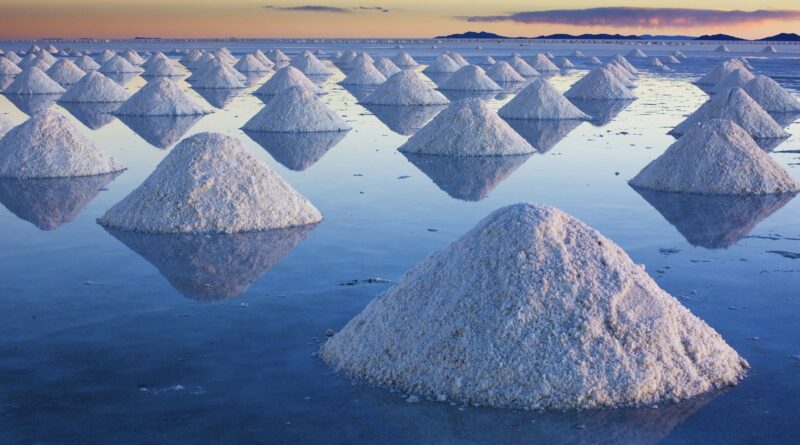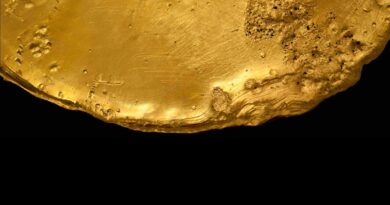Lithium mining: local communities suffer
Native groups in South America sit on $1 trillion of lithium but at what cost to their water, culture and livelihoods. The ‘lithium triangle’ – spanning Argentina, Chile and Bolivia – is home to the largest reserve of lithium anywhere on Earth.
This metal is key in the transition to net zero, used in electric car batteries, crucial to solar and wind energy and much more.
But to extract it, mines suck water out of the white salt flats that cover this land. Land that has sustained thousands of Indigenous communities that have lived within here since before Elon Musk was but a glint in his mother’s eye.
As the world’s most powerful increasingly look to the triangle as a crucial puzzle piece in their plans, many worry the search for lithium will mean sacrificing that very life force that has sustained the region’s native people for centuries.
The parched waterways surrounding town in the region are intrinsically connected with spanning white salt flats below, subterranean lagoons with waters jam-packed with the material that’s come to be known as “white gold” – Lithium.
Here, in one of the most arid environments in the world, water is a life force that underpins everything.




